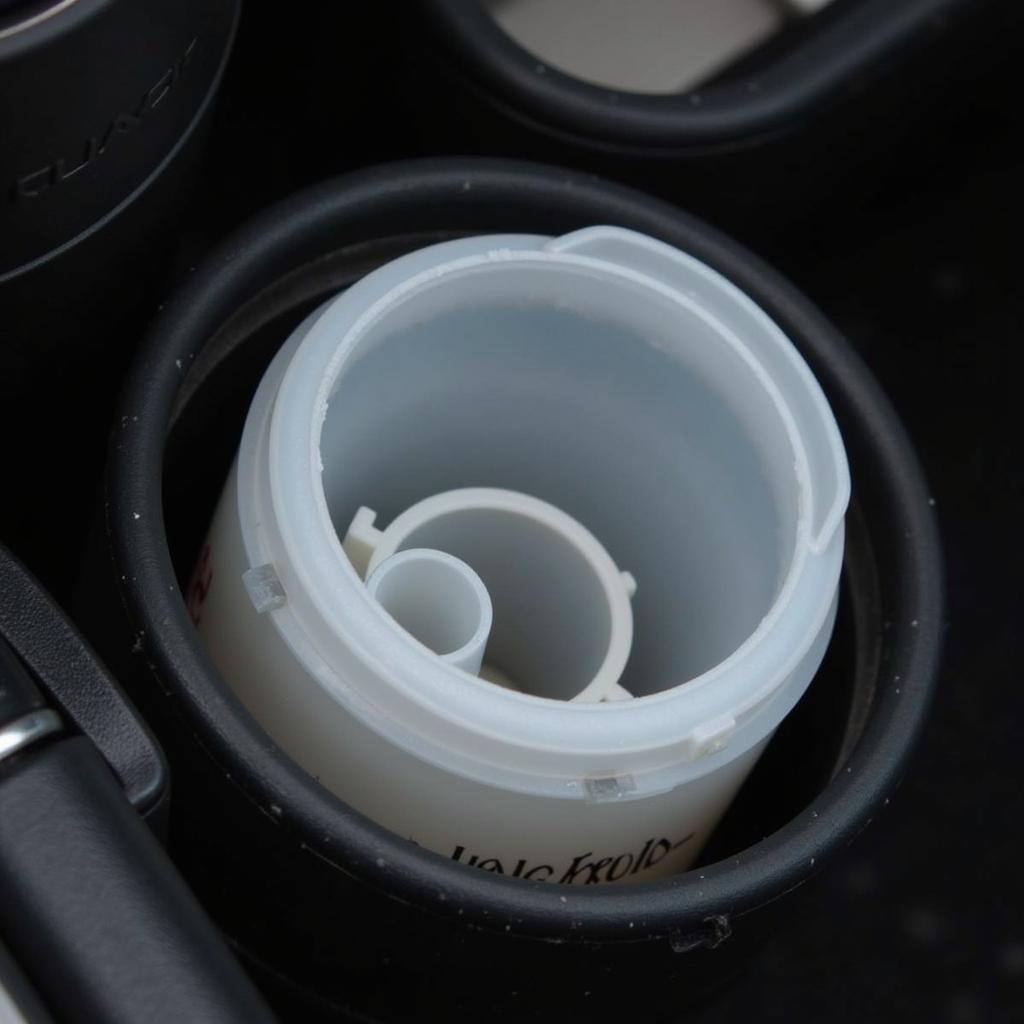You’re driving down the road and suddenly, a light on your dashboard illuminates: the dreaded brake wear warning. When it comes to car maintenance, few things are more important than your brakes. So when you see the Duralast brake wear warning light, it’s important to understand what it means and what you should do next. This article will guide you through the possible causes of the Duralast brake wear warning, how to diagnose the issue, and the steps involved in getting you safely back on the road.
Understanding the Duralast Brake Wear Warning Light
The Duralast brake wear warning light is part of your car’s brake pad wear sensor system. This system is designed to alert you when your brake pads have worn down to a certain point and need to be replaced. While the exact mechanism can vary slightly depending on your vehicle’s make and model, the underlying principle remains consistent: a sensor monitors the thickness of your brake pads and triggers the warning light when it falls below a predetermined level.
Common Causes of a Duralast Brake Wear Warning
While worn brake pads are the most common culprit behind the Duralast brake wear warning, other potential causes should be considered.
- Worn brake pads: As brake pads wear down over time, the sensor embedded within them gets closer to the brake rotor. When the pad reaches a critical thickness, the sensor makes contact with the rotor, completing a circuit and illuminating the warning light on your dashboard.
- Faulty brake pad wear sensor: Like any electrical component, the brake pad wear sensor itself can malfunction. A short circuit, broken wire, or corrosion can all trigger a false warning, even if your brake pads are still in good condition.
- Damaged wiring harness: The wiring harness that connects the brake pad wear sensor to your car’s electrical system can become damaged due to wear and tear, rodents, or improper repairs. A compromised harness can interrupt the signal from the sensor, leading to a false warning.
- Issues with the brake fluid: While not directly related to the wear sensor, low brake fluid levels can also trigger a brake warning light in some vehicles. This is because low brake fluid can affect overall braking performance.
Diagnosing the Problem
Ignoring a Duralast brake wear warning can lead to costly repairs and compromise your safety. When the light comes on, follow these steps to diagnose the issue:
-
Check your brake fluid level: Locate the brake fluid reservoir under the hood of your car and check the fluid level. If it’s low, add the appropriate brake fluid to the reservoir, being careful not to overfill. Refer to your owner’s manual for the correct type of brake fluid for your vehicle.
-
Inspect your brake pads: If your brake fluid level is fine, the next step is to visually inspect your brake pads. Look through the spaces between the spokes of your wheels to get a view of the brake pads. If you see less than 1/4 inch of brake pad material remaining, it’s time for a replacement.
-
Consult a qualified mechanic: If you’re uncomfortable inspecting your brakes or suspect a problem beyond worn brake pads, it’s always best to consult a qualified mechanic. They have the tools and expertise to diagnose the issue accurately and recommend the appropriate course of action.
What to Do When the Duralast Brake Wear Warning Light Comes On
If your Duralast brake wear warning light illuminates, it’s crucial to address the issue promptly. Here are the recommended steps:
- Don’t panic: While the warning light might seem alarming, it’s important not to panic. Pull over to a safe location as soon as possible.
- Assess the situation: If you’re comfortable doing so, check your brake fluid level and visually inspect your brake pads.
- Seek professional help: If your brake fluid level is low, add more if you have some on hand. Regardless, it’s crucial to have your brakes inspected by a qualified mechanic as soon as possible.
- Avoid driving: Driving with worn brake pads or other brake system issues is incredibly dangerous. If possible, avoid driving your vehicle until the issue has been resolved.
Remote Diagnostic and Programming Services: The Future of Car Repair
In today’s technologically advanced world, remote diagnostic and programming services are revolutionizing the automotive repair industry. With specialized software and equipment, qualified technicians can now remotely access a vehicle’s onboard computer system to diagnose problems, update software, and even perform certain repairs—all without the need for a physical visit.
If you’re experiencing brake issues or other vehicle problems, consider exploring the benefits of remote diagnostic services. These services offer several advantages, including:
- Convenience: You can have your car diagnosed and potentially repaired from the comfort of your own home or office.
- Speed: Remote diagnostics can often be performed faster than traditional methods, getting you back on the road sooner.
- Cost-effectiveness: In many cases, remote diagnostics can save you money on towing and labor costs.
Conclusion
The Duralast brake wear warning light is a crucial safety feature that should never be ignored. Understanding what triggers this warning light, how to diagnose the issue, and the importance of timely repairs can help you avoid potentially dangerous situations and keep your vehicle running smoothly. Remember, when it comes to your brakes, erring on the side of caution is always the safest approach.

